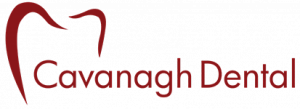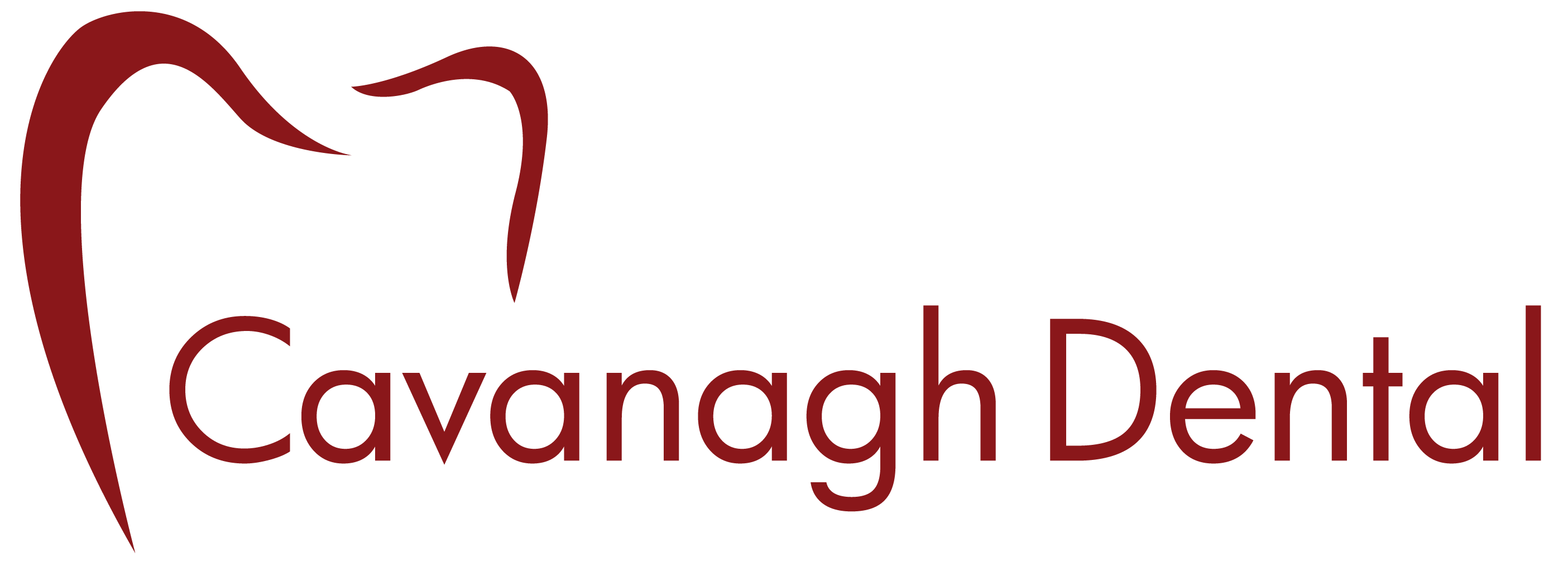Our Services
Dental Implants
What Your Dentist May Recommend
If you’ve recently lost one or more natural teeth, you are likely looking forward to a conversation with your dentist about what can be done to fill the gap left behind. Not only are missing teeth generally considered unsightly, chewing and speaking can be drastically impacted by the absence of a natural tooth.
Your dentist may recommend a bridge, implant or dentures. Although you may have a general understanding of each, understanding the real impact of each choice is important in order to choose the best option for you.

Tooth Replacement 101
When we talk about tooth replacement, we aren’t generally referring to a ‘replacement’. To replace the tooth, a dental implant would be required. In all other cases, tooth ‘replacement’ will consist of prosthetic teeth that sit atop the gums but are not actually seated in the jaw. In the case of a bridge, your dentist will use the natural teeth on either side of the gap to brace and stabilize a false tooth between them. To achieve this, the natural teeth are ground down to fit comfortably under a crown and all prosthetics will be custom made to achieve the right size, shape and colour. With a bridge in place, your false tooth can assist in chewing and since it is cemented to the crowns you will not have to worry about removing it for cleaning and the potential for losing it.
When several or all teeth in the mouth have been lost, your dentist may recommend dentures. Modern dentures come in a variety of configurations from full palate to no palate and partial dentures. Dentures have been looked to as the solution of choice for those experiencing significant tooth loss. Dentures are custom made to ensure a natural look and proportional sizing to the dimensions of your face. Gone are the days of large, square toothed dentures – today’s dentures offer a very pleasing aesthetic.
Family Focused
Kid Friendly
Direct Billing
The Disadvantages
Although dental technologies have improved significantly over the years, there remain challenges where replacements sit on the gum line rather than penetrate into the jaw as a natural tooth would. Not long after losing your teeth (about six months) your body will start responding to the fact that you don’t have any root stimulation going into the jaw where the false teeth have been placed. Without this, your body will use this information to begin sending nutrition that should be going to the teeth and jaw into other areas of the body. From the body’s point of view, this makes perfect sense. Nutrients that are not well used in one area of the body should be disbursed to other tissues who can benefit from.
The trouble with this redistribution can be seen as bone resorption begins setting in. Bone resorption causes the density of bone in the jaw to decrease and changes in shape can be seen. As a result of this, the lower portion of the face can change significantly and take on a shorter appearance.
This continuously changing jaw is not as much a factor in instances where a single tooth is lost but healthy roots remain on either side. When large portions of the jaw line do not have root systems, however, dentures may struggle to maintain proper fit and may require regular adjustments.
Dental Implants
Dental implants represent the first true ‘tooth replacement’ procedure offered by modern dentistry. Dental implants require commitment in terms of time, finances and physical recovery time needed to make them a success. Once in place, however, your dental implant will feel and ‘behave’ like a regular tooth and can be expected to last in excess of thirty years.
Implants are placed by drilling a titanium rod into the jaw where the natural tooth would otherwise sit. This rod is left to bond with the bone tissue around it for six months before it can be completed with the addition of a pontic (fake tooth) which will sit on the rod, attached by an abutment.
Patients who want a full replacement of both dental arches may qualify for all-on-four implants, which consists of one implant in each quadrant of the dental arches for a total of eight implants. Dentures are mounted to the implants and help deliver stimulation to the jaw. An all-on-four implant configuration provides sufficient stimulation to maintain good jawbone proportions, shape and density.
Your candidacy for dental implants will be based on a number of factors including the fact that enough bone tissue must be present in order to make the implant a success. Without enough bone, your dentist may recommend bone grafting to improve the likelihood of a successful implant.
For questions about this or other services offered by our general dentist, contact our clinic today.



